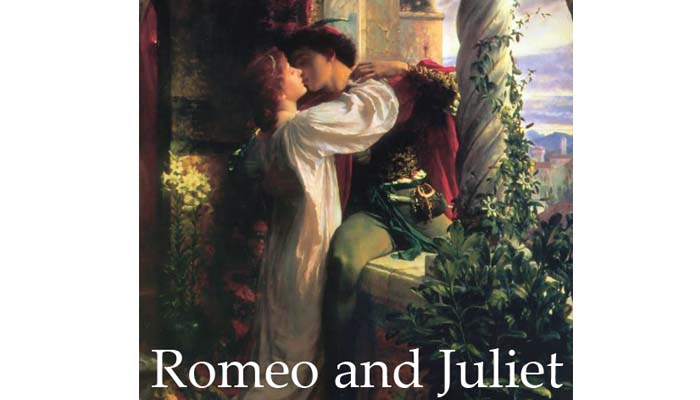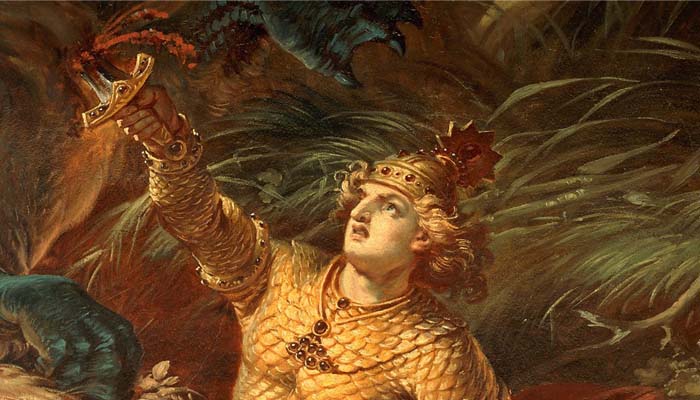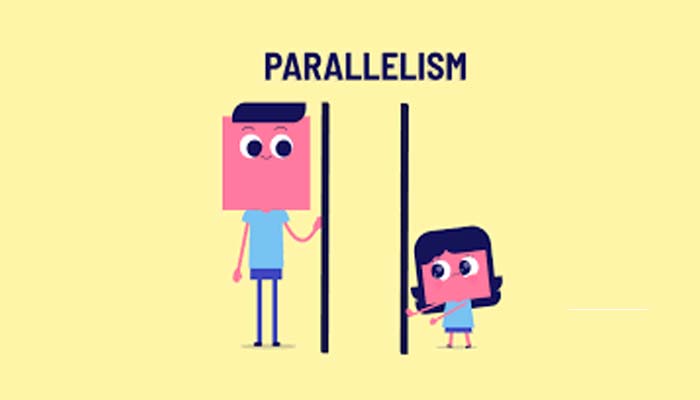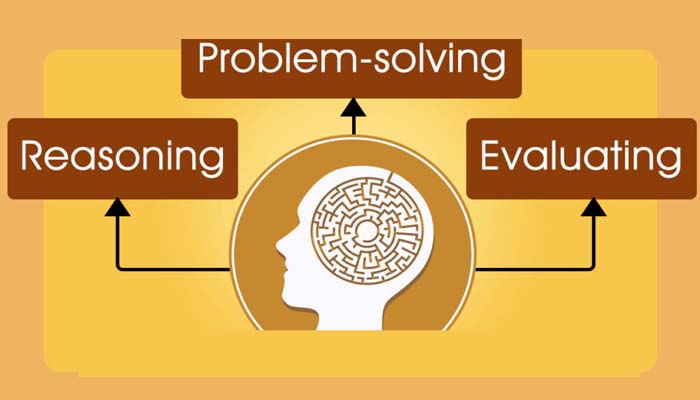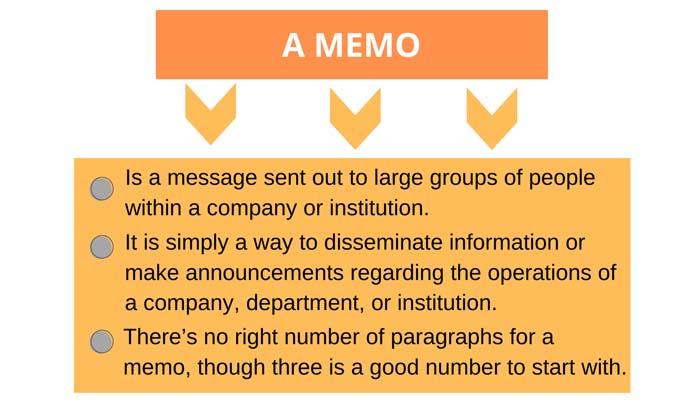
Romanticism in English Literature. Romanticism was a literary movement that began in the late 18th century, ending around the middle of the 19th century—although its influence continues to this day. Marked by a focus on the individual (and the unique perspective of a person, often guided by irrational, emotional impulses), a respect for nature and the primitive, and a celebration of the common man, Romanticism can be seen as a reaction to the huge changes in society that occurred during this period, including the revolutions that burned through countries like France and the United States, ushering in grand experiments in democracy.
Romanticism in English Literature
- Romanticism is a literary movement spanning roughly 1790–1850.
- The movement was characterized by a celebration of nature and the common man, a focus on individual experience, an idealization of women, and an embrace of isolation and melancholy.
- Prominent Romantic writers include John Keats, William Wordsworth, Percy Bysshe Shelley, and Mary Shelley.
Romanticism Definition
The term Romanticism does not stem directly from the concept of love, but rather from the French word romaunt (a romantic story told in verse). Romanticism focused on emotions and the inner life of the writer, and often used autobiographical material to inform the work or even provide a template for it, unlike traditional literature at the time.
Romanticism celebrated the primitive and elevated “regular people” as being deserving of celebration, which was an innovation at the time. Romanticism also fixated on nature as a primordial force and encouraged the concept of isolation as necessary for spiritual and artistic development.




